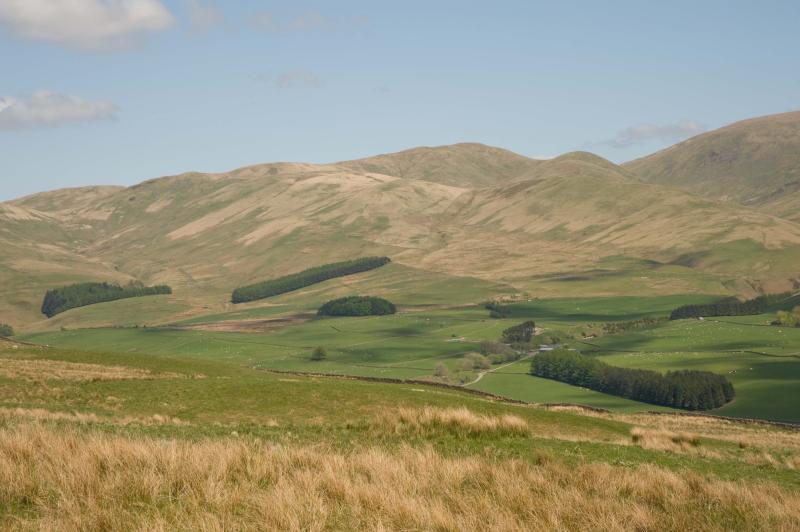
The finest farm woodlands in Scotland are being asked to step forward as part of a national awards programme.
Scotland's Finest Woods Awards, which recognise excellent management and the creation of new woodlands, have added a Farm Woodland Award for 2018.
Any farm where tree planting or woodland management has made an important contribution to the farm business and/or the local environment is encouraged to enter.
The winner will receive the Lilburn Trophy and £1000 cash, thanks to joint support from The Royal Highland and Agricultural Society of Scotland (RHASS) and Scottish Woodlands Ltd.
Farm woodlands entering the award will be used in a “sustainable and potentially enterprising way with responsible management providing direct farming benefits”.
This might include generating income from sustainably managed woods; using biomass, woodfuel or wood chips on site or selling them as renewable, clean energy; creating new woods to off-set carbon produced from agricultural operations and using woodland for livestock shelter, sporting interests or other amenity use.
'Healthy environment'
Angela Douglas, Executive Director of Scotland's Finest Woods, said farm woodlands are an "important" part of Scotland’s landscape.
"Whether they are shelter-belts for livestock, cherished native woodlands, productive conifers supporting a farming business or younger woods," Ms Douglas said.
"We are delighted to introduce this award to show how tree planting on farms can contribute to a healthy environment and the economic viability of the farm business. We are very grateful to the RHASS and Scottish Woodlands Ltd for their support."
Jimmy Warnock, RHASS Chairman said: “Many progressive landowners in Scotland have recognised the benefits of incorporating woodland into farm management plans and have invested for the long-term reward for the environment, people and the economy of Scotland.”
The Award is open to active farmers anywhere in Scotland. The area of woodland must be 2 hectares (5 acres) or more in size, with tree canopy cover (or the potential to achieve this for young woodland) of at least 20 per cent. Any young woodland must have had at least five years of growth.
